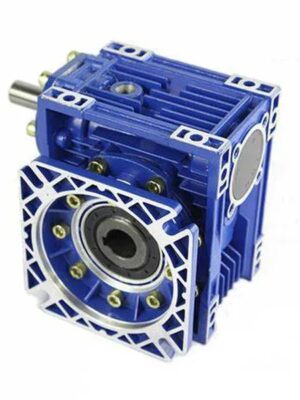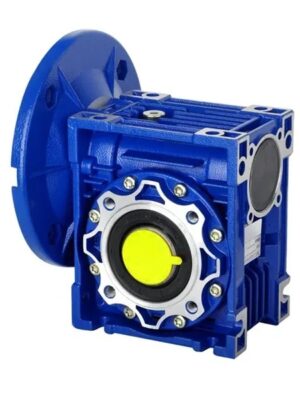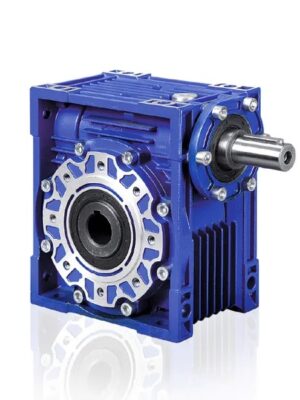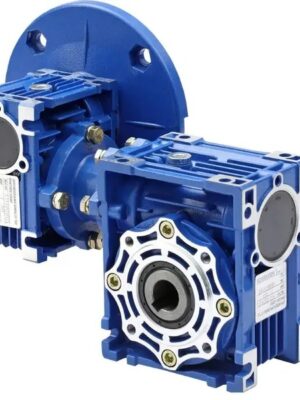Introduction
Aluminum worm gearmotors are widely used in various industries due to their lightweight and durable characteristics. However, there is a question as to whether they can be effectively used in high-torque applications. In this article, we will explore the capabilities of aluminum worm gearmotors and their suitability for high-torque applications.
Understanding Worm Gearmotors
Before delving into the application of aluminum worm gearmotors, it is essential to understand the working principle and components of worm gearmotors. Worm gearmotors consist of a worm gear and a worm wheel. The worm gear is a cylindrical gear with helical teeth, while the worm wheel is a toothed wheel that meshes with the worm gear. This arrangement allows for efficient torque transmission and speed reduction.
Advantages of Aluminum Worm Gearmotors
1. Lightweight Design
Aluminum worm gearmotors are known for their lightweight design, which is advantageous in various applications where weight plays a crucial role, such as robotics and aerospace industries. The reduced weight allows for easier installation and maneuverability.
2. Corrosion Resistance
Aluminum gearmotors possess excellent corrosion resistance properties, making them suitable for applications in harsh environments or industries that require exposure to moisture or chemicals. This corrosion resistance ensures the longevity of the gearmotor, reducing maintenance costs.
3. Cost-Effectiveness
Compared to gearmotors made from other materials, aluminum worm gearmotors are more cost-effective. The manufacturing process of aluminum gearmotors is less complex, resulting in lower production costs. This makes them an attractive option for budget-conscious applications.
Challenges of High-Torque Applications
1. Heat Dissipation
Aluminum has a relatively lower thermal conductivity compared to other materials, such as steel. High-torque applications generate more heat, and aluminum gearmotors may struggle to dissipate heat efficiently. Proper cooling mechanisms need to be implemented to prevent overheating and potential damage to the gearmotor.
2. Wear and Tear
In high-torque applications, the gear teeth experience significant stress and wear. Aluminum gears, although durable, may not withstand the same level of wear and tear as steel gears. Regular maintenance and proper lubrication are necessary to ensure the longevity of aluminum worm gearmotors in high-torque applications.
Conclusion
In conclusion, while aluminum worm gearmotors have several advantages, they may not be the ideal choice for all high-torque applications. The lightweight design, corrosion resistance, and cost-effectiveness make them suitable for various industries. However, challenges such as heat dissipation and wear and tear should be carefully considered. It is essential to assess the specific requirements of the application and consult with experts to determine the most suitable gearmotor material.

Electric motors for Sale
The relationship between gearboxes and electric motors is symbiotic. Gearboxes, including aluminum worm gearmotors, are responsible for torque transmission and speed reduction, while electric motors provide the necessary power to drive the gearbox. They work hand in hand to ensure efficient and reliable operation of various industrial applications. At our company, we not only provide high-quality aluminum worm gearmotors but also offer a wide range of electric motors for sale.
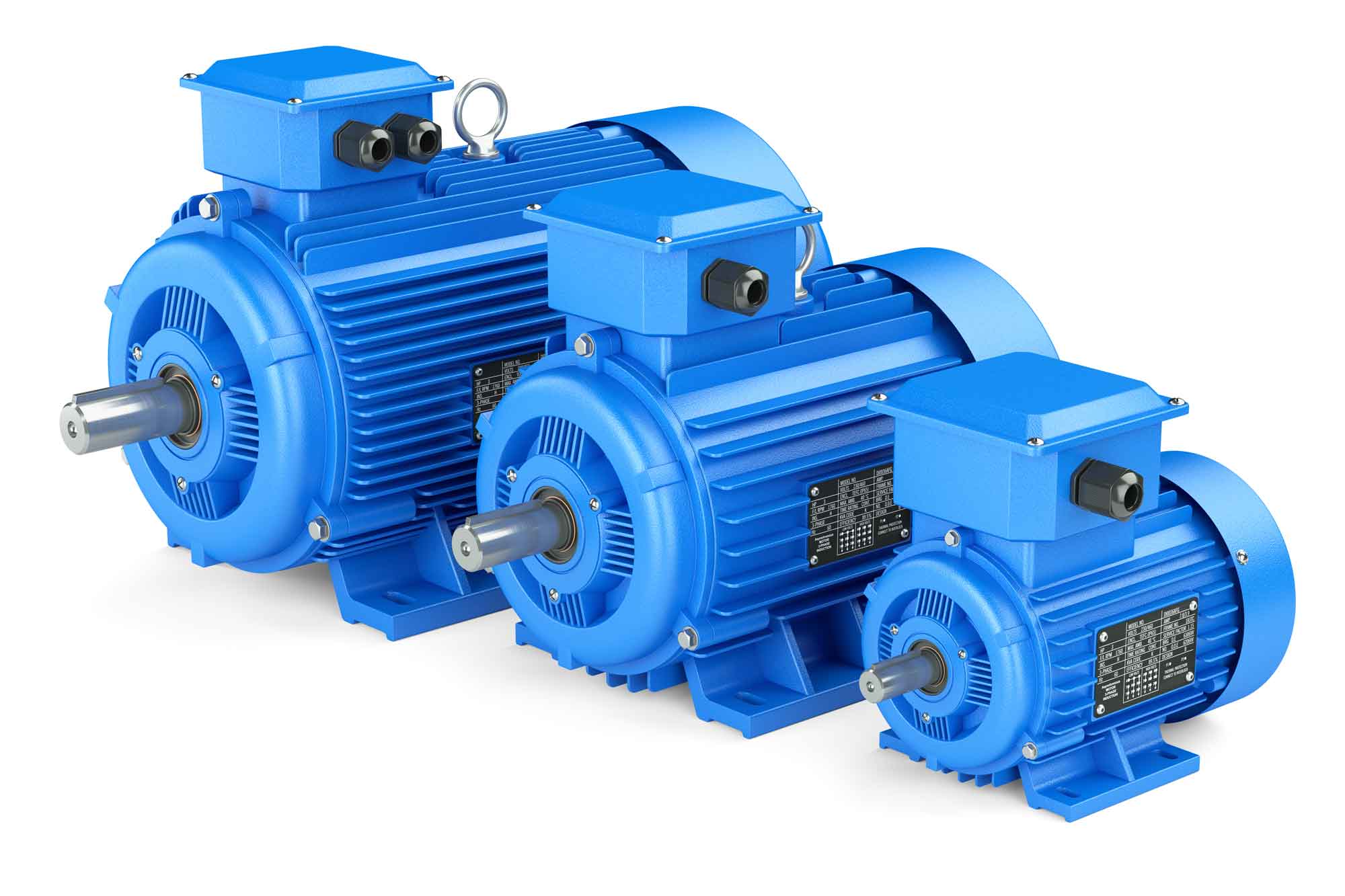
About Us
We are a comprehensive transmission equipment manufacturer integrating research and development, manufacturing, and sales of speed reducers. With over 25 years of experience, we have established ourselves as a reputable provider of gearboxes, serving customers in Europe, America, Africa, Asia, and other regions. Our commitment to delivering the highest quality products, competitive prices, and exceptional service has earned us recognition in the market.
Equipped with advanced production and testing equipment, our company focuses on innovative research and development. We employ industry professionals and technicians to ensure the highest standards of design, manufacturing, and quality control. Our gearboxes find applications in a wide range of industries, including equipment, food, car washing, packaging, transmission, automation, solar energy, and more. We welcome customers to explore our products and contact us for purchasing inquiries.

Q&A
Q: Can aluminum worm gearmotors handle high-torque requirements in industrial machinery?
A: While aluminum worm gearmotors offer lightweight and cost-effective solutions for various applications, they may not be suitable for high-torque requirements in heavy-duty industrial machinery. Steel or other materials with higher strength and wear resistance are generally preferred in such cases.
Q: What are the potential consequences of using aluminum worm gearmotors in high-torque applications?
A: Using aluminum worm gearmotors in high-torque applications without considering their limitations may lead to accelerated wear of gear teeth, increased risk of gear failure, and reduced overall performance and lifespan of the gearmotor.
Q: Can heat dissipation be effectively managed in aluminum worm gearmotors?
A: Heat dissipation can be a challenge for aluminum worm gearmotors in high-torque applications. Adequate cooling mechanisms, such as fans or heat sinks, along with careful monitoring of operating temperatures, can help manage heat effectively and prevent damage.
Q: How can the wear and tear of aluminum worm gearmotors be minimized?
A: Regular maintenance, including proper lubrication and inspection of gear teeth, is crucial to minimize wear and tear in aluminum worm gearmotors. It is also advisable to consult with experts to determine the appropriate gear tooth profile and material for specific high-torque applications.
Q: Are there alternative materials recommended for high-torque applications?
A: Depending on the specific requirements, materials such as steel, bronze, or even specialized alloys may be more suitable for high-torque applications due to their enhanced strength, wear resistance, and heat dissipation properties.
Edited by: Zqq.

